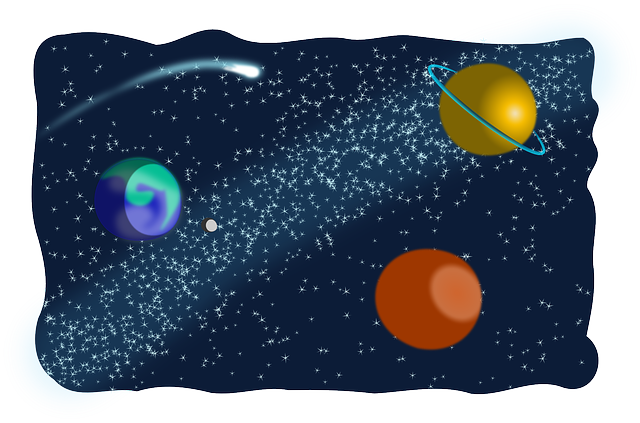How much do you know about space? Much of what we know today about space is accredited to space exploration. It is the process of exploring outer space. Let’s dig in and find out more.

LEARNING OBJECTIVES
By the end of this topic, you are expected to;
Space exploration refers to the use of astronomy as well as a space technology in order to explore outer space. The study of space is mainly done using telescopes by astronomers. However, the physical exploration of space is conducted by both human spaceflight and unmanned robotic space probes.
The observation of space objects is known as astronomy. Physical space exploration is credited to the development of large and efficient rockets in the mid-twentieth century. Common rationales for space exploration include national prestige, advancing scientific research, uniting different nations, developing strategic and military advantages against other countries, and ensuring the future survival of humanity.
HISTORY OF EXPLORATION
TELESCOPE
The invention of the first telescope was in 1608 by an eyeglass maker called Hans Lippershey. The first space telescope was the Orbiting Astronomical Observatory 2 that was launched on December 7, 1968.
FIRST OUTER SPACE FLIGHTS
The first human-made object to enter space was the Bumper-WAC which reached an altitude of 393 kilometers in 1949, according to NASA. On October 4, 1957, the Soviet Union successfully launched the satellite Sputnik I.
FIRST HUMAN OUTER SPACE FLIGHT
Vostok 1 was the first successful human spaceflight that carried a 27-year-old Russian Cosmonaut Yuri Gagarin on April 12, 1961. The spacecraft completed one orbit around the globe and lasted approximately one hour and 48 minutes. This opened a new era of human spaceflight in space exploration.
FIRST SPACE STATION
Salyut 1 was the very first space station. It was launched by the Soviet Union into low earth orbit on April 19, 1971.
FIRST INTERSTELLAR SPACE FLIGHT
The first human-made object to leave the solar system into interstellar space was the Voyager 1 on August 25, 2012.
FARTHEST FROM EARTH
The Apollo 13 flight holds the record for the farthest flight of humans from the Earth. In 1970, this flight passed the far side of the moon at an altitude of 254 kilometers above the lunar surface and 400 171 km from the Earth.
TARGETS OF EXPLORATION
Starting from the mid-20th century, probes and then human missions were sent into the orbit of the earth and then to the moon. Probes were also sent through the known Solar system and into the Solar orbit.
THE SUN
Although the sun will probably not be physically explored, the study of the sun has been the main focus in space exploration. The sun is responsible for generating most space weather. This can affect the generation and transmission of power systems on the earth and interfere with, and even damage space probes and satellites.
MERCURY
It still remains as the least explored of the terrestrial planets.
Other notable targets of exploration include comets and asteroids, planets, Phobos, the moon and other objects in the solar system.
FUTURE OF SPACE EXPLORATION
BREAKTHROUGH STARSHOT
It is an engineering and research project by the breakthrough initiatives to develop a proof of concept fleet of light sail spacecraft called StarChip, to be capable of making the journey to the Alpha Centauri star system which is 4.37 light-years away.
HIGH-LEVEL AUTOMATED SYSTEMS
Using high-level automated systems for purposes of space missions has become a desirable goal to space agencies all around the world. Such systems should yield benefits like less human oversight, lower cost, and the ability to explore deeper in space which is normally restricted by long communications with human controllers.
ASTEROIDS IN SPACE EXPLORATION
The idea of using asteroids as a gateway for space exploration has been brought up. The ultimate destination of this is planet Mars. Other notable things include the commercialization of space and living in space.